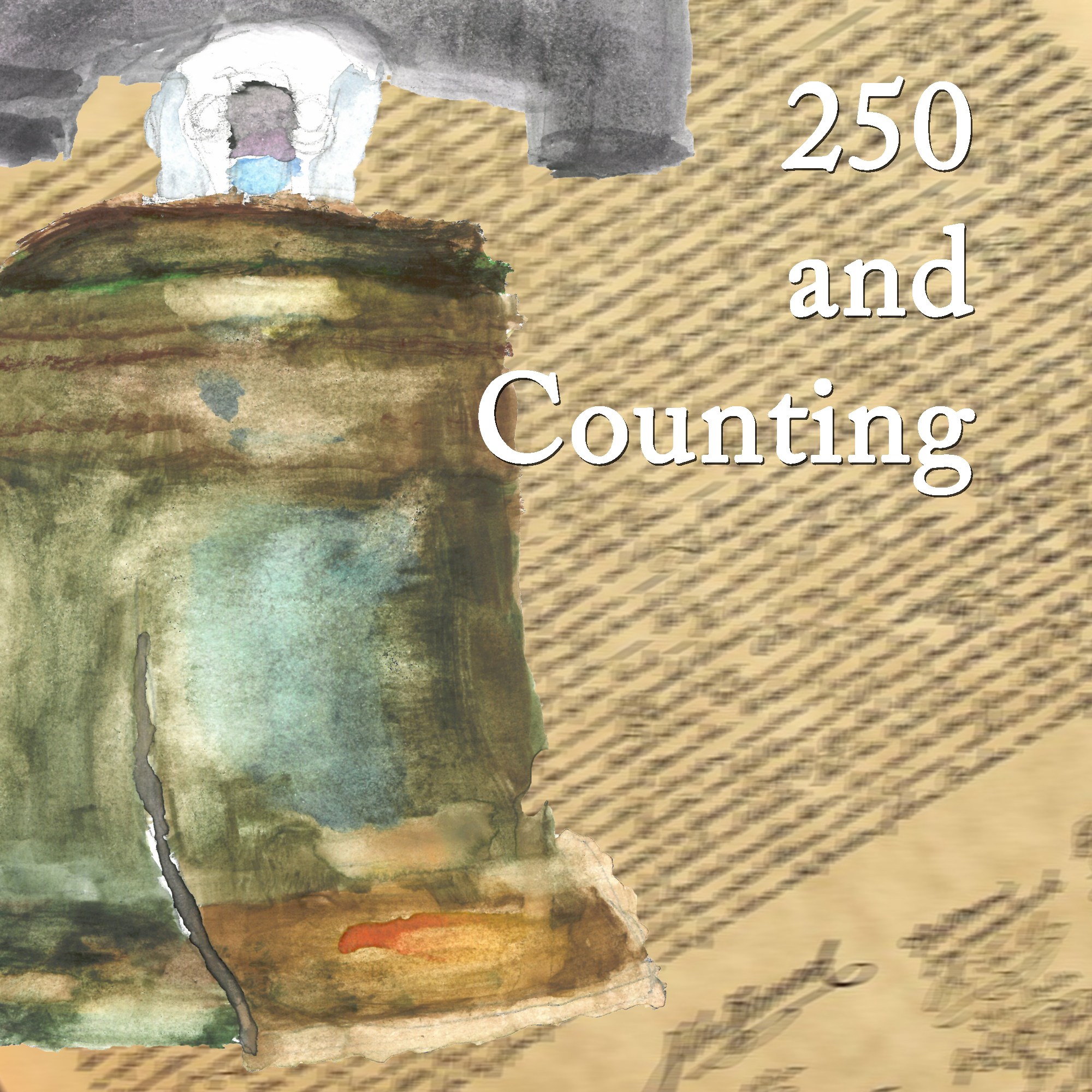
The HMS Rose was a 20-gun ship of the Royal Navy, built in 1757. When hostilities broke out between the Colonies and the Crown, the Rose was tasked with preventing smuggling off the coast of Connecticut and (especially) Rhode Island.
She spent the first few years of the Revolution in Narragansett Bay, in the Long Island Sound, in the Hudson River and down to the Chesapeake Bay in Maryland.
The Rose’s last action as a British naval ship was in Savannah, Georgia. She was no longer fit for battle not was she seaworthy, so she was scuttled in a channel of the Savannah River, essentially blocking it off and preventing other naval forces from reaching the city. This meant that Savannah remained in British hands until the war ended.
In 1971 a replica was built (see the cover art), originally as a “dockside attraction.” Eventually she was purchased by Fox Studios and redressed for the film Master and Commander. Afterward she was renamed the Surprise and regained her status as a dockside attraction in San Diego, if you’re inclined to visit.
Podcast: Play in new window | Download | Embed




